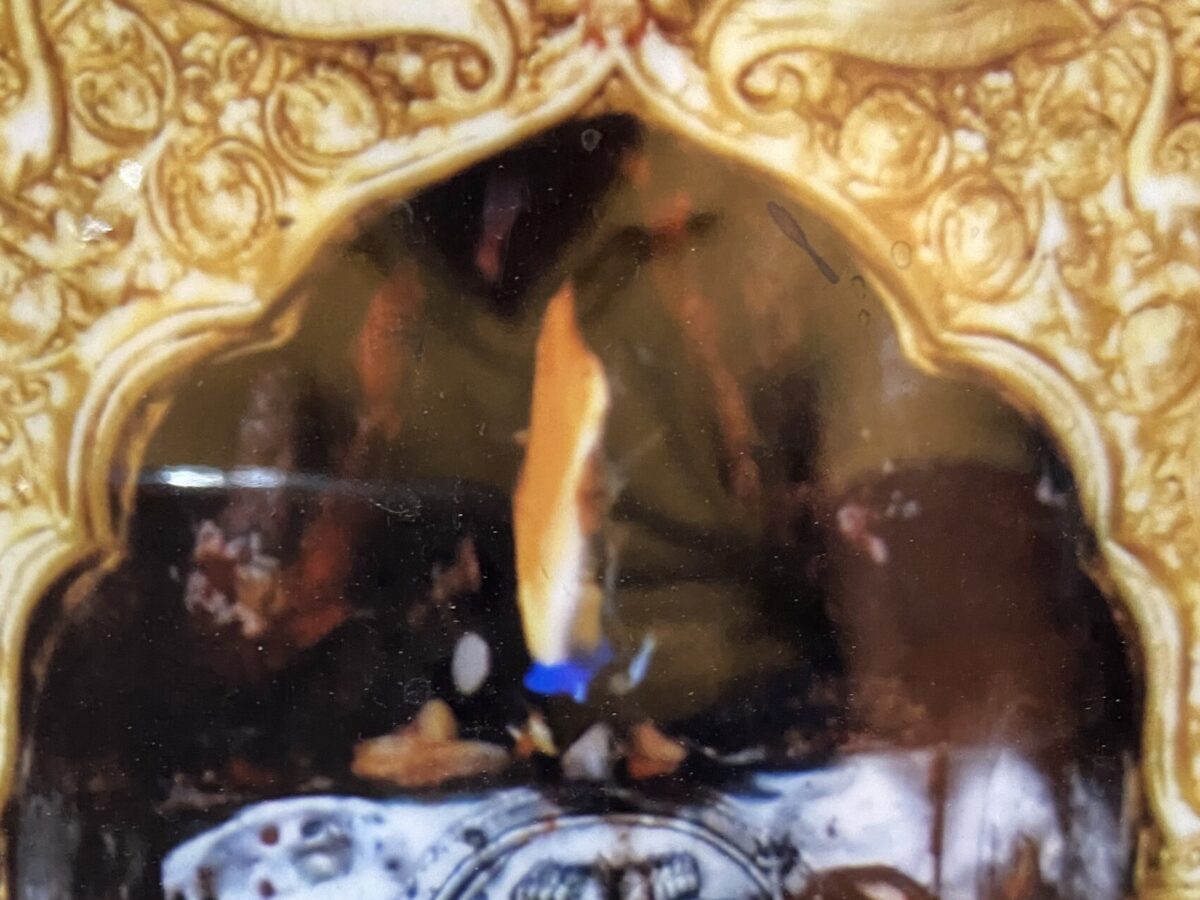
Temple with eternal flame | Kangra|Himachal Pradesh
Himachal Pradesh is among the most beautiful northern states of India. being close to the mountains and falling in the mountain zone, it has some of the most beautiful places to visit. The Scenic mountains and the rivers flowing through the mountains make it a paradise which is visited by tourists all through out the year by domestic as well as international tourists.
Famous for its beautiful locations and adventure activities, Himachal Is also famous for the temples and pilgrimages and due to which Himachal is also known as “Dev Bhumi” or the Place of Gods. Himachal Pradesh is also among the prosperous states of India, however there are certain areas which are remote and therefore not so prosperous.
Himachal Pradesh as a whole is considered safe place for tourists as the people are simple and cooperative. Due to this reason, many foreighners have also made Himachal their home.
There are many famous temples in Himachal Pradesh, some of the prominent ones are:
Sankatmochan Temple, Taradevi Temple, Jakhoo Temple, Hidimba Temple, Ma Sharveri Temple, Vashishtha Temple, Nainadevi Temple, Vyas Gufa, Jwalaji Temple, Chitpurni Temple, Chamunda Devi temple and many more. Among them, The Jwalaji Temple is considered very important in the sense that it is also one of the 51 “shakti peeths” in India. It is located in the Kangra District of Himachal Pradesh, India.
Kangra was annexed by Maharaja ranjit Singh’s Sikh empire in the year 1810 and became the district of British India in 1846. It is a small temple town but also has one of the oldest forts in India, ‘The Kangra Fort’ which is located few kilometers from the main town and is worth a visit. One can take a taxi or an auto richshaw to reach the fort in few minutes.
The legend about the temple of Jwalaji is that when the demons harassed the gods in the himalayas, Lord Vishnu tried to destroy the demons. The gods produced the huge flame from which arose a girl later called Sati. Lord Vishnu sent sudarshan chakra which stuck sati and brought her into pieces. At place where the pieces fell became the 51 “shakti peeths”. The sati’s tongue fell at this place where the temple of jwalaji is situated.
We started no so early from Delhi at around 10 in the morning after breakfast as we were not sure that we are actually going to Himachal. Just after breakfast we decided that we should leave. After about 10 hours of drive through Panipat, Karnal and Ambala, we crossed roopnagar, anandpur sahib to finnaly reach Kangra, Himachal Pradesh at 8 in the evening. it was a journey os about 425 kilometers and we halted at only one place to have lunch.
Jwala means flame in sanskrit, and the temple is famous for its eternal flame which is alive since thousands of years. Probably the most ancient temple of the region, Jwalaji is mentioned even in the ancient scriptures like Mahabharata.

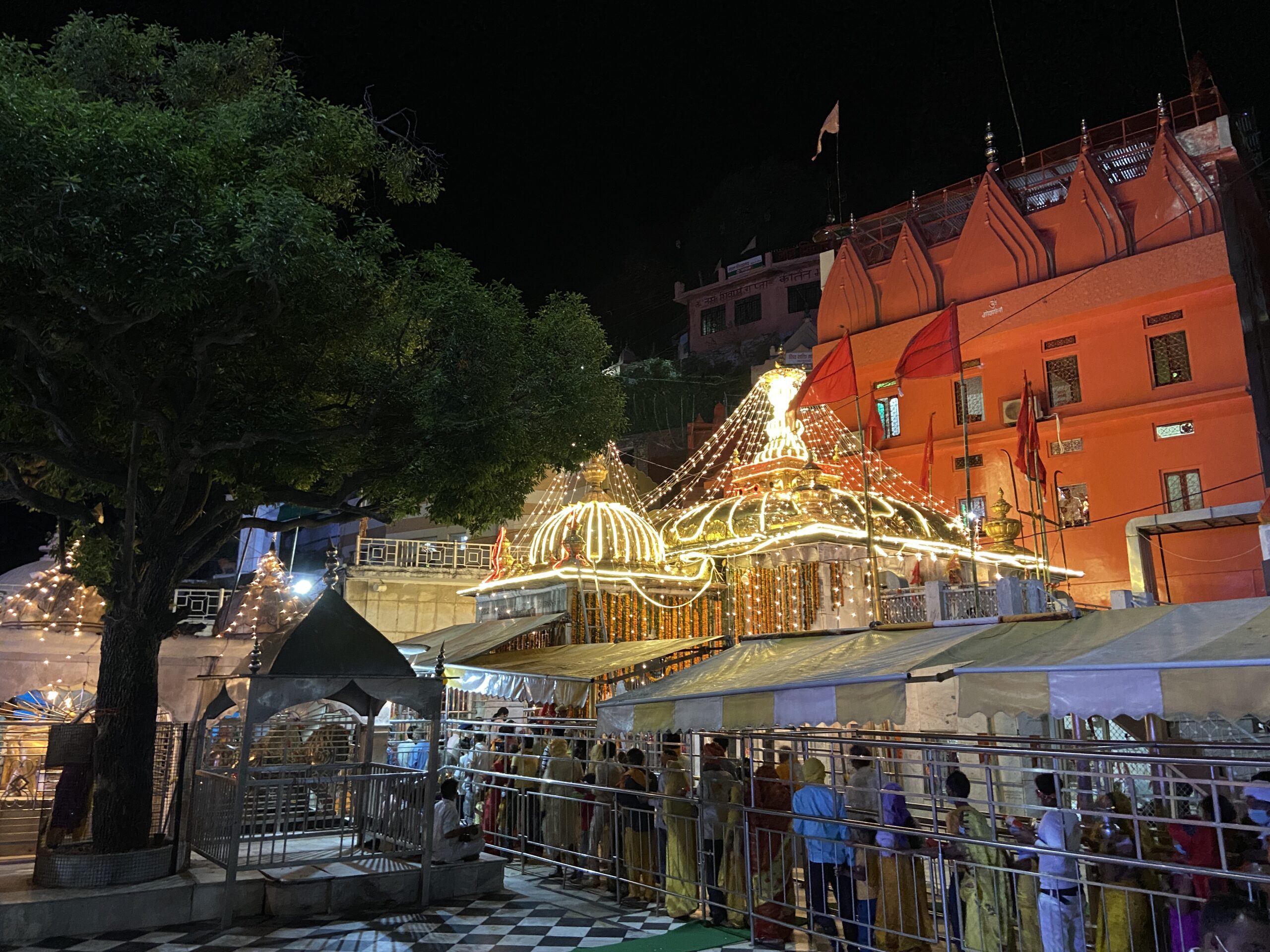
The temple was destroyed by the invaders like akbar but later the Maharaja Ranjit Singh and the raja of kangra sansar chand built the temple and decorated it from time to time. Maharaja ranjit singh even decorated it with the Chatrri, a golden parasol and the gates of the temple.
This temple is a very important pilgrimage for the people of this region as well as whole of India. All the time, hordes of people wait for hours in serpentine lines waiting for their turn to have darshans of the inner sanctum of the temple. After spending hours in the line, people enter the inner sanctum of the temple to see the eternal flame which is there live all the time in all seasons without any braek since thousands of years. There is no idol or diety here in the main sanctum. The flame itself is considered as devi and is worshipped.The crowd is more during the festival times and the Navratri period of fasting which is held twice every year. The arti is held at 5 in the morning and 7 in the evening. There is also Bhog arti at 11 in the morning and the shaiyan arti at 9.30 in the evening which is like sleep time for the goddess and the beautiful bed is decked up with rich dresses and ornaments during the shaiyan arti, and with that the temple closes at 10.
Location: The famous temple of jwalaji is located 56 kilometers before Dharamshala and is situated on the highway from Delhi and Chandigarh to Dharamshala.
How To Reach: One can take overnight Volvo bus from Delhi to Dharamshala and step dowm at Kangra, the temple is located just near the bus stand Kangra. The nearest railway head is Pathankot which is 86 kilometers which can be reached by bus or taxi in about 3 hours. the nearest airport is Gaggal which is located at a distance of 12 kilometers and takes about 25-30 minutes to reach. There are generally daily flights from Delhi.

Best Time to Visit: Although one can visit the temple at any time of the year but the period during the Navratri festival is considered auspicious for Devi Puja or the worship of the Goddess.
Places to stay: There is a Hotel accommodation available near the entrance of the temple maintained by the Himachal Pradesh Tourism Development Corporation (HPTDC). There are other options also available for stay for all budget types.
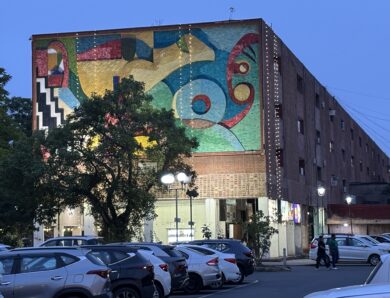
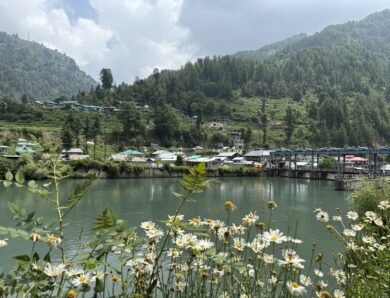
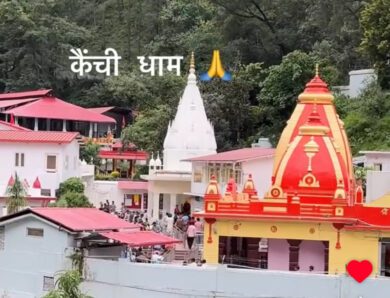

No Comment